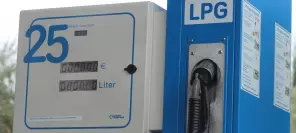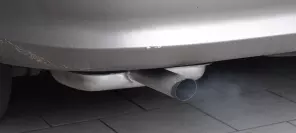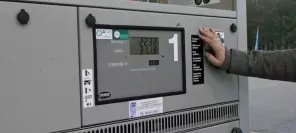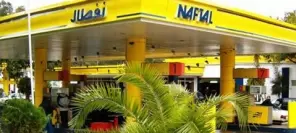- Main page
- Search
- Up to date
- Products
- Technology
- Vehicles
- Video
- Conversion Payback Simulator
Port Injection - Conversion Payback Simulator
Direct Injection - Conversion Payback Simulator
Diesel - Newsletter
Where do you think you're going, Japan?
 loading results...
loading results...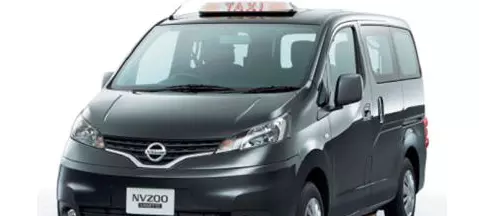 © J-LP Gas
© J-LP Gas 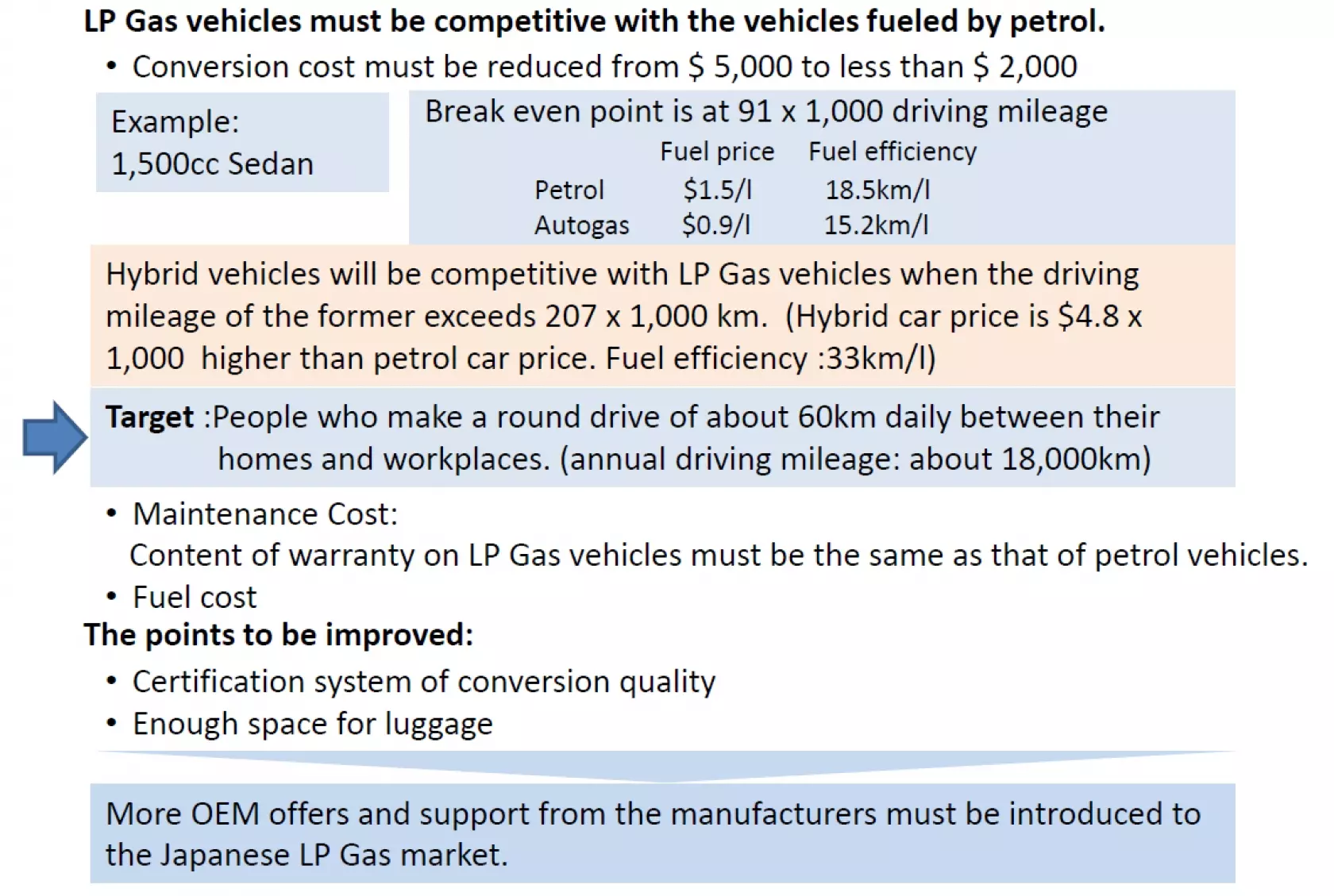 What conditions need to be met for autogas to become a more viable alternative in Japan?
What conditions need to be met for autogas to become a more viable alternative in Japan? 

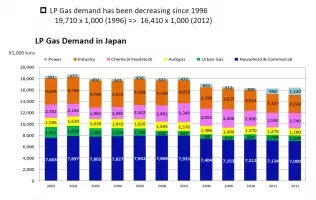 © J-LP GasThe Japanese market as divided into sectors. It's been rising here and there, but in general it's shrinking
© J-LP GasThe Japanese market as divided into sectors. It's been rising here and there, but in general it's shrinkingRegardless of the purpose it was used for, LPG consumption in Japan dropped by 16,7% between 1996 and 2012 – from 19,71 to 16,41 mln tonnes, even though there were some temporary rises along the way. Since the beginning of the millenium, autogas demand dropped even more considerably – by 25% or from 1,595 to 1,19 mln tonnes between 2001 and 2012, with consumption peaking in 2004 at 1,642 mln tonnes. When looking at the market sector by sector, it's easy to see that the only demand surges there were occurred in the fields of use for power and as chemical feedstock. However, they were unable to prevent the entire market from shrinking.
Although waning fuel demand doesn't necessarilly mean the number of cars running on that fuel is falling (as has been the case in Poland, where the number of autogas-powered vehicles keeps growing, but they tend to use less and less LPG), but unfortunately in Japan the two do coincide. While in 2005 there were 294 thousand LPG-powered cars on the roads of Japan (including 241 thousand taxis), the figure dropped to 248 thousand (including 198 thousand taxis) in 2012. The percentage of taxis dropped across this period from 82 to 80%, which would be acceptable had the market been blossoming in general (it would have meant individual drivers were growingly interested in saving through autogas), but the way it is it actually goes to show taxi drivers at a larger rate than others. And as for private cars, there were only 12 thousand of those in 2012, which is right next to nothing.
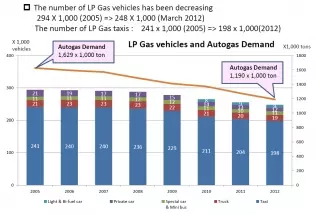 © J-LP GasThe falling number of autogas-powered cars is directly correlated with the waning LPG demand
© J-LP GasThe falling number of autogas-powered cars is directly correlated with the waning LPG demandAutogas popularity sure isn't hampered by its price relation to petrol – even though fuel prices had nearly doubled between 2005 and 2012, the price of LPG is safely positioned at 57-60% of the price of petrol. Also, autogas is by 30% cheaper than diesel. This is pretty much thanks to preferential taxation – excise tax on LPG is only 9,8 yen/litre, while the rates for diesel and petrol are 53,8 and 32,1 yen/l, respectively. If the autogas sector is to be revived and bloom again in the future, keeping the tax preference is crucial.
Since taxis remain 80% of the overall number of LPG-powered vehicles in Japan, new ones are still produced and supplied. In August 2013 Nissan commenced deliveries of NV200 vans featuring ex-factory autogas conversions as part of the "Universal design taxi” program introduced in March 2012, under which new models, better suited to the needs of disabled passengers, have been introduced. By introducing the NV200 taxi, Nissan broke Toyota's long-time monopoly as taxi supplier, but the latter brand will surely not rest and will probably present its counter-proposal sometime soon.
 © J-LP GasFuel prices in Japan have risen considerably, but as long as the price relation between LPG and petrol is sustained, autogas remains attractive
© J-LP GasFuel prices in Japan have risen considerably, but as long as the price relation between LPG and petrol is sustained, autogas remains attractiveThe Japanese LPG Association (J-LP Gas) plans on promoting autogas among individual drivers to boost the fuel's appeal and revive the ailing market. But truth be told, the association has set itself very moderately ambitious goals – the number of private cars running on LPG is set to rise from the current 12 thousand to 26 thousand and the fuel's annual consumption from 1,2 to 1,7 mln tonnes, but the timeframe is surprisingly broad as the figures are only to be reached in... 2030! Nonetheless, the road to fulfilling the above targets leads through lowering conversion costs from the current 5000 dollars equivalent to 2000 dollars, meaning the investment would break even after 90 thousand km of driving instead of 200 thousand km a driver of a hybrid car has to cover before the vehicle pays back.
The J-LP Gas targets drivers covering at least 60 km daily (18 thousand km annually), but the organisation realises that little can be done without a properly broad range of ex-factory converted cars on the market. And even when they arrive at dealerships, they have to feature warranty conditions comparable to those on conventionally-fueled vehicles in order to catch buyers' attention and encourage them to switch from petrol/diesel/hybrids to autogas. The road to LPG's renewed success in Japan seems long, winding and bumpy, but anything's possible with the right policy. And maybe Japan should look towards the nearby South Korea for inspiration?
